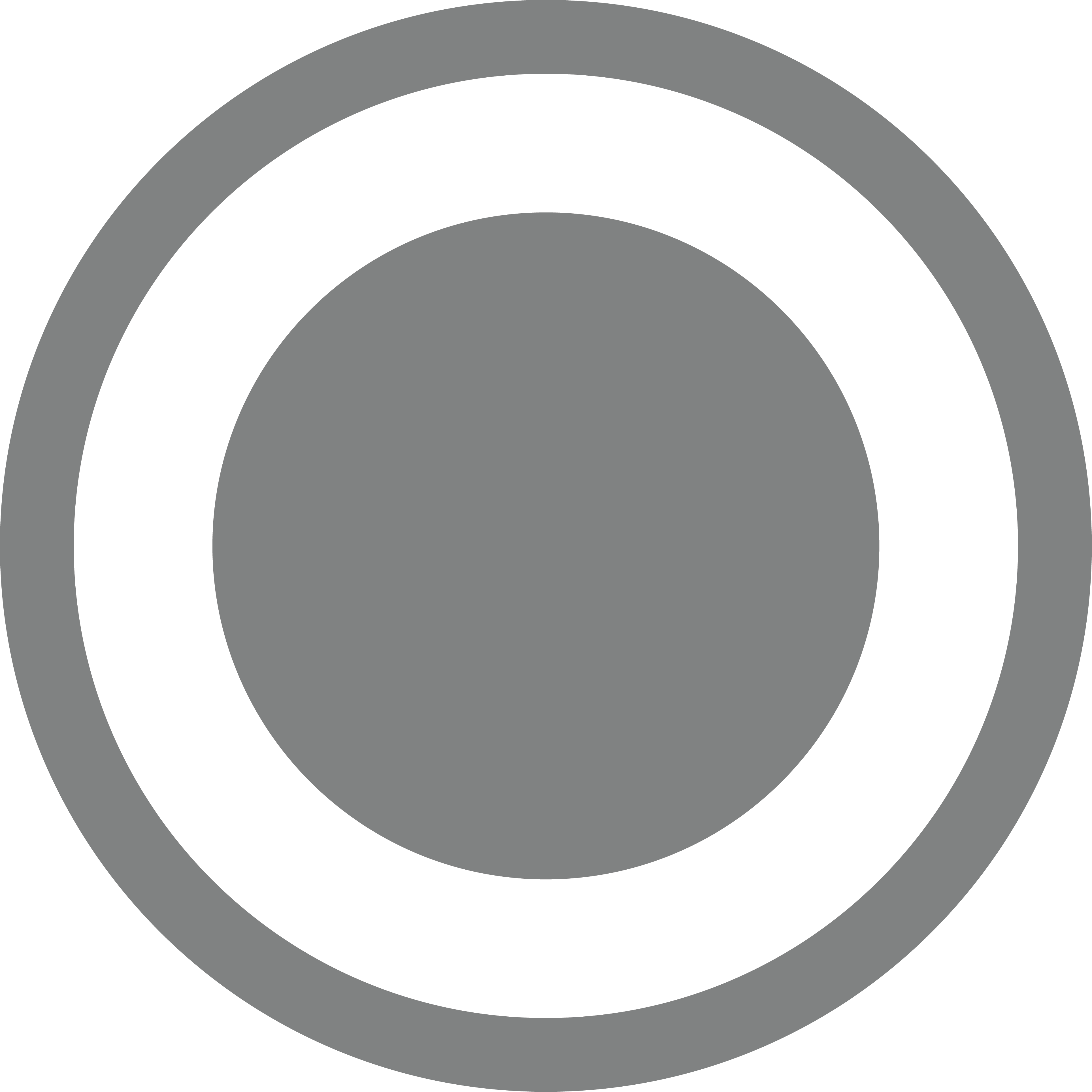Comparing MBBS Curriculum in Serbia with Other Countries: Similarities and Differences |
Posted: June 7, 2023 |
When considering pursuing MBBS in Serbia, it is essential to understand the curriculum structure and compare it with other countries to make an informed decision. This article aims to explore the similarities and differences in the MBBS in Serbia compared to other countries. Additionally, we will delve into the specific considerations for Indian students, including fees and related aspects. Curriculum Structure in Serbia: The MBBS curriculum in Serbia is designed to provide students with a strong foundation in medical sciences. It typically spans six years and is divided into preclinical and clinical phases. During the preclinical years, students focus on fundamental subjects such as anatomy, biochemistry, physiology, and pathology. In the clinical years, they gain hands-on experience through clinical rotations in various departments. Clinical Exposure and Practical Training: Serbia emphasizes practical training and clinical exposure as crucial components of the MBBS curriculum. Students are exposed to real patient cases and have the opportunity to apply their theoretical knowledge in clinical settings. This practical approach enhances their clinical skills, problem-solving abilities, and patient interaction. Integration of Research and Electives: Many universities in Serbia integrate research activities and elective courses within the MBBS curriculum. Students can participate in research projects and choose electives based on their interests. This provides an opportunity for specialization and in-depth exploration of specific medical fields. Comparison with Other Countries: When comparing the MBBS curriculum in Serbia with other countries, there are both similarities and differences. The core subjects covered in medical education, such as anatomy, physiology, and pathology, are generally consistent across countries. However, the specific curriculum structure, duration, and depth of subjects may vary. Similarities with Western European Countries: Serbia shares similarities in the curriculum structure and educational standards with many Western European countries. The focus on practical training, clinical exposure, and research integration aligns with the best practices observed in these countries. Differences from Indian MBBS Curriculum: For Indian students, there are notable differences between the MBBS curriculum in Serbia and that in India. The duration of the program in Serbia is generally six years, while in India, it is typically five and a half years. The curriculum in Serbia may have a more comprehensive approach, including more extensive practical training and research opportunities. Fees for Indian Students: One of the significant advantages of pursuing MBBS in Serbia for Indian students fees is the affordability factor. Serbian universities offer cost-effective tuition fees compared to many other countries. This makes it a favorable choice for Indian students seeking quality education at a reasonable cost. Conclusion: Comparing the MBBS curriculum in Serbia with other countries reveals similarities and differences. Serbia's curriculum emphasizes practical training, clinical exposure, and research integration, aligning with international standards. For Indian students, the affordability of MBBS in Serbia is a key advantage. By considering these factors and understanding the specific curriculum structure, Indian students can make an informed decision about pursuing MBBS in Serbia. It is essential to thoroughly research and consult with university authorities to ensure a comprehensive understanding of the curriculum and its compatibility with individual career goals.
|
|||||||||||||||||||||||||||||||||||||||||||
|
|||||||||||||||||||||||||||||||||||||||||||







